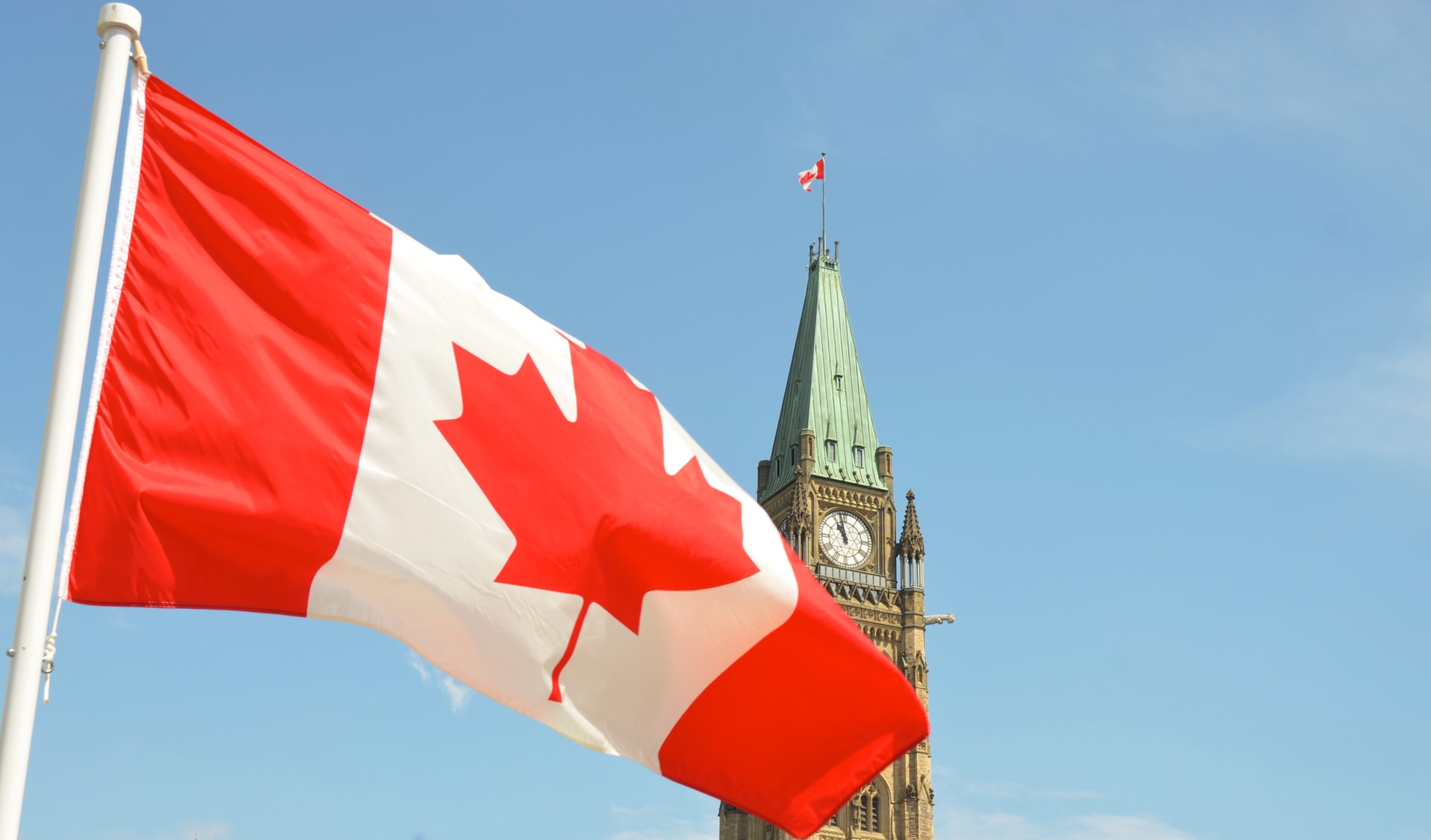
Even though travel is limited, Canada is expected to continue rising immigration targets beyond this year.
Canada is expected to continue rising immigration levels beyond 2020, despite travel restrictions and reduced numbers of new permanent residents.
Canada’s immigration minister, Marco Mendicino, is not scaling back government immigration targets for the next three-year levels plan, Bloomberg reports.
Days before Canada went into lockdown, Mendicino announced that Canada would welcome over one million immigrants by 2022. Since the Canadian border was closed on March 18 to non-essential travel, the number of new permanent residents plummeted by roughly 64 per cent of 2019 levels this past August.
“Mendicino’s office has consulted with various business, labor and settlement organizations to gauge the current demand for immigration,” according to Bloomberg.
Canada has historically leveraged immigration to fill gaps in the labour market, and help grow the population. Mendicino previously stated that immigration will remain an “enduring value” post-coronavirus. The ministers’ meeting on immigration is another sign pointing to high immigration targets in the years to come.
High targets, few newcomers
Despite high immigration targets, travel restrictions are stopping the flow of would-be newcomers. Though Canada was set to welcome 341,000 new immigrants this year, so far only 128,186 new permanent residents arrived between January and August.
“A high unemployment rate that looks likely to persist, and the fact Trudeau’s minority government must rely on support from opposition political parties to pass legislation, pose additional challenges,” the Bloomberg report says.
Even if Canada resumes 2019 levels of permanent resident admission, the number of new permanent residents will only rise to 240,000, or about 70 per cent of the target, Andrew Agoposowicz, an economist at the Royal Bank of Canada, told Bloomberg.
The decline in immigration is also having significant effects in the housing market.
The vacancy rate for rental apartments in the Toronto area is now more than 2 per cent for the first time in 10 years, according to third-quarter data from research firm Urbanation Inc.
The number of condominium rental listings doubled in the third quarter of 2020, and average monthly rents dropped more than nine per cent.
Mendicino must announce the new immigration levels targets before the end of the month.
This is the second immigration levels announcement this year, since the 2019 election allowed the new government to delay the announcement until spring.
The minister must present the new multi-year levels plan to Parliament before November 1.
Mendicino is also waiting on a mandate letter from Canada’s prime minister, Justin Trudeau, which will further illuminate the government’s future plans for immigration.